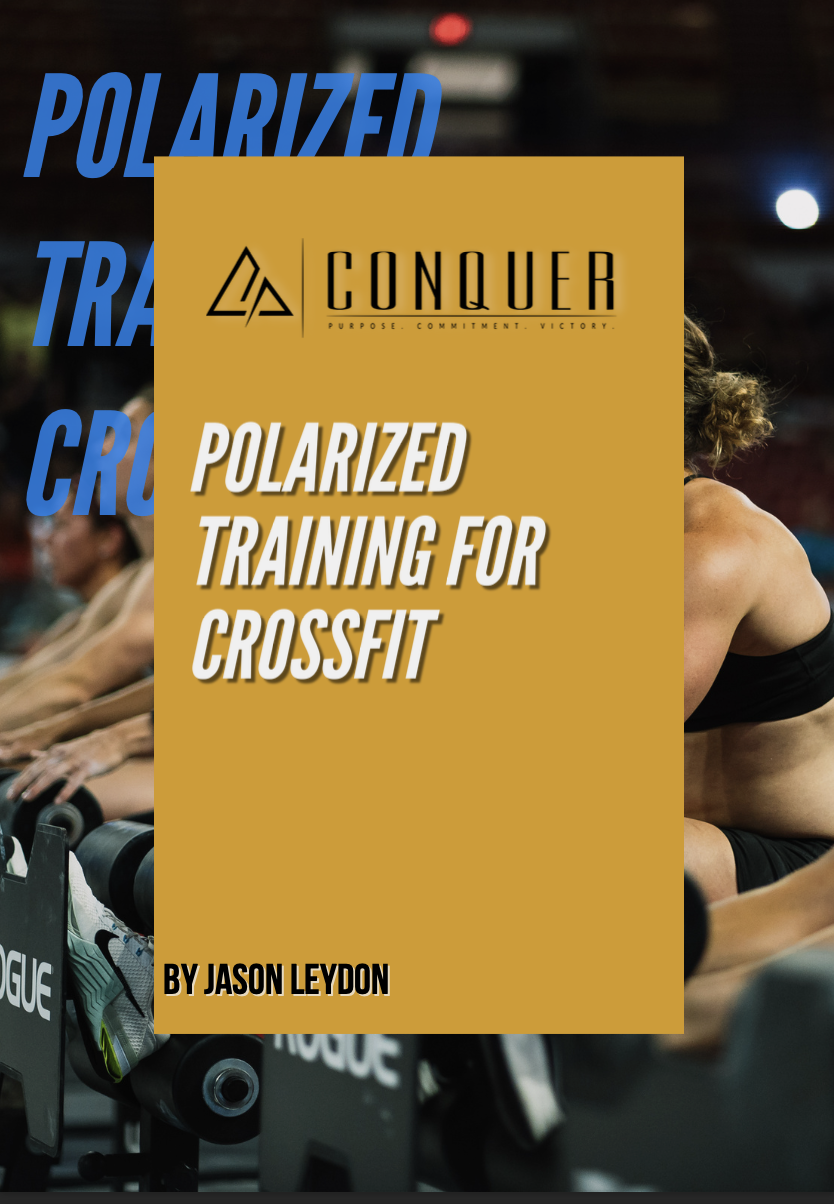How to Use Progressive Overload for CrossFit
Central to CrossFit’s claim of finding the fittest human on earth is its sophisticated system of data aggregation and analysis. The organization utilizes a centralized platform to collect workout data from affiliates around the globe. This allows for real-time tracking of workout completion, scores, and athlete progress. Data scientists and sports analysts at CrossFit headquarters meticulously dissect this information to identify trends, benchmarks, and outliers. Such analytical rigor not only informs workout programming but also highlights areas where athletes can improve, ensuring that the methodology remains effective and relevant.
Moreover, CrossFit conducts longitudinal studies to examine the impact of its training methodologies on fitness and health outcomes over time. By tracking performance metrics longitudinally, CrossFit aims to validate its claims regarding the effectiveness of its training programs. These studies serve as a critical foundation for understanding how CrossFit fosters elite fitness among its participants.
Progressive overload is a foundational principle in strength and conditioning, serving as a cornerstone for effective training programs across various sports and fitness modalities. At its essence, progressive overload involves the systematic increase in the demands placed on the body during exercise. This approach is crucial for stimulating physiological adaptations, enhancing performance, and preventing training plateaus.
The mechanism of progressive overload operates on a simple yet powerful premise: the human body adapts to the stressors applied during training. When an individual engages in resistance training, microtears occur in muscle fibers. In response, the body repairs these fibers, making them stronger and more resilient. To continue achieving improvements, the training stimulus must be consistently adjusted to challenge the muscles further. This can be accomplished through several methods.
Central to CrossFit’s claim of finding the fittest human on earth is its sophisticated system of data aggregation and analysis. The organization utilizes a centralized platform to collect workout data from affiliates around the globe. This allows for real-time tracking of workout completion, scores, and athlete progress. Data scientists and sports analysts at CrossFit headquarters meticulously dissect this information to identify trends, benchmarks, and outliers. Such analytical rigor not only informs workout programming but also highlights areas where athletes can improve, ensuring that the methodology remains effective and relevant.
Moreover, CrossFit conducts longitudinal studies to examine the impact of its training methodologies on fitness and health outcomes over time. By tracking performance metrics longitudinally, CrossFit aims to validate its claims regarding the effectiveness of its training programs. These studies serve as a critical foundation for understanding how CrossFit fosters elite fitness among its participants.
Progressive overload is a foundational principle in strength and conditioning, serving as a cornerstone for effective training programs across various sports and fitness modalities. At its essence, progressive overload involves the systematic increase in the demands placed on the body during exercise. This approach is crucial for stimulating physiological adaptations, enhancing performance, and preventing training plateaus.
The mechanism of progressive overload operates on a simple yet powerful premise: the human body adapts to the stressors applied during training. When an individual engages in resistance training, microtears occur in muscle fibers. In response, the body repairs these fibers, making them stronger and more resilient. To continue achieving improvements, the training stimulus must be consistently adjusted to challenge the muscles further. This can be accomplished through several methods.
Central to CrossFit’s claim of finding the fittest human on earth is its sophisticated system of data aggregation and analysis. The organization utilizes a centralized platform to collect workout data from affiliates around the globe. This allows for real-time tracking of workout completion, scores, and athlete progress. Data scientists and sports analysts at CrossFit headquarters meticulously dissect this information to identify trends, benchmarks, and outliers. Such analytical rigor not only informs workout programming but also highlights areas where athletes can improve, ensuring that the methodology remains effective and relevant.
Moreover, CrossFit conducts longitudinal studies to examine the impact of its training methodologies on fitness and health outcomes over time. By tracking performance metrics longitudinally, CrossFit aims to validate its claims regarding the effectiveness of its training programs. These studies serve as a critical foundation for understanding how CrossFit fosters elite fitness among its participants.
Progressive overload is a foundational principle in strength and conditioning, serving as a cornerstone for effective training programs across various sports and fitness modalities. At its essence, progressive overload involves the systematic increase in the demands placed on the body during exercise. This approach is crucial for stimulating physiological adaptations, enhancing performance, and preventing training plateaus.
The mechanism of progressive overload operates on a simple yet powerful premise: the human body adapts to the stressors applied during training. When an individual engages in resistance training, microtears occur in muscle fibers. In response, the body repairs these fibers, making them stronger and more resilient. To continue achieving improvements, the training stimulus must be consistently adjusted to challenge the muscles further. This can be accomplished through several methods.





